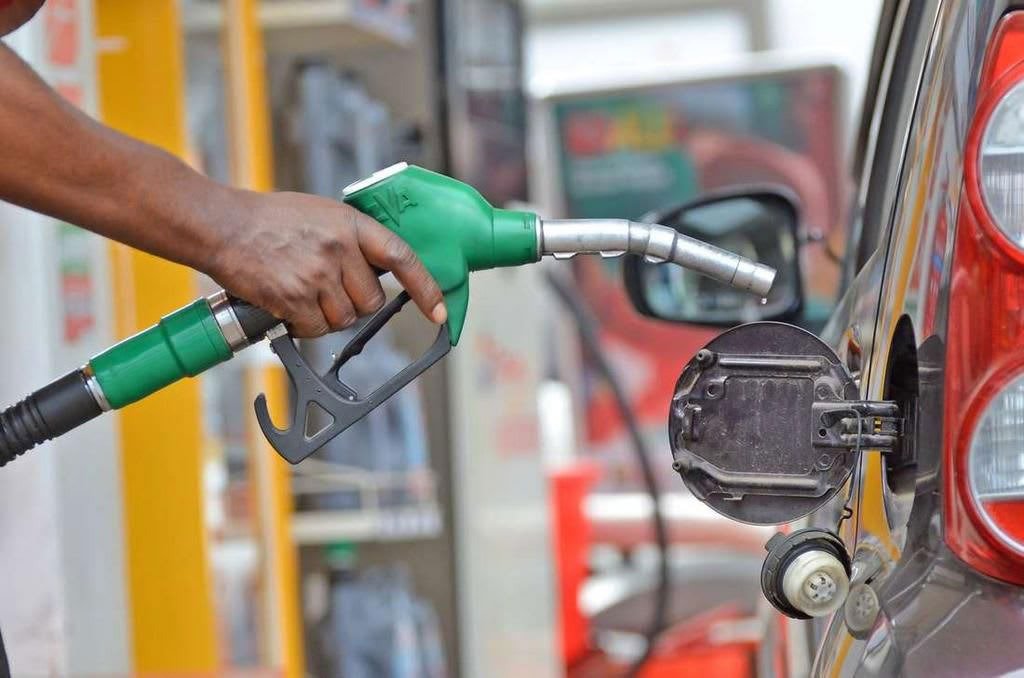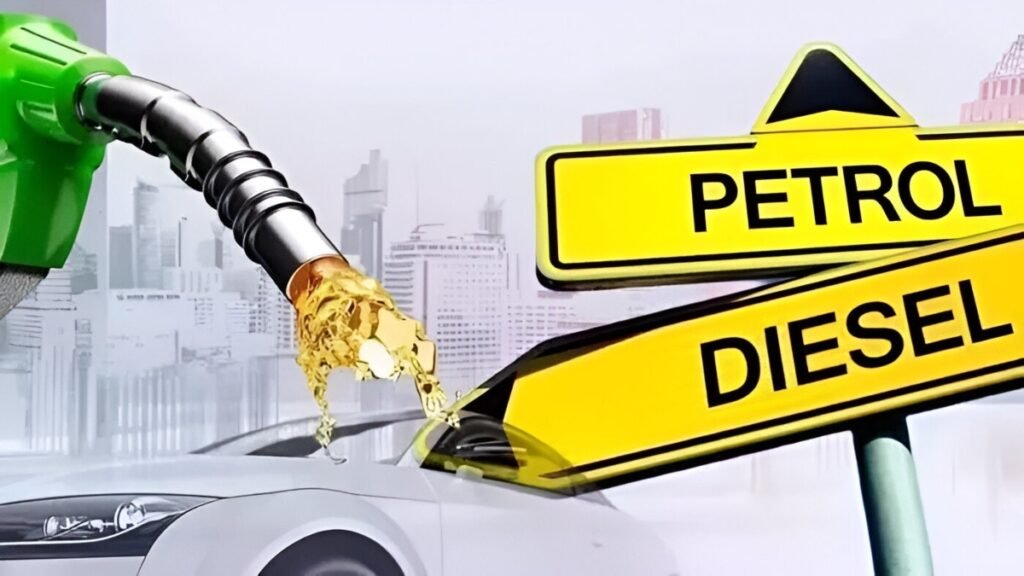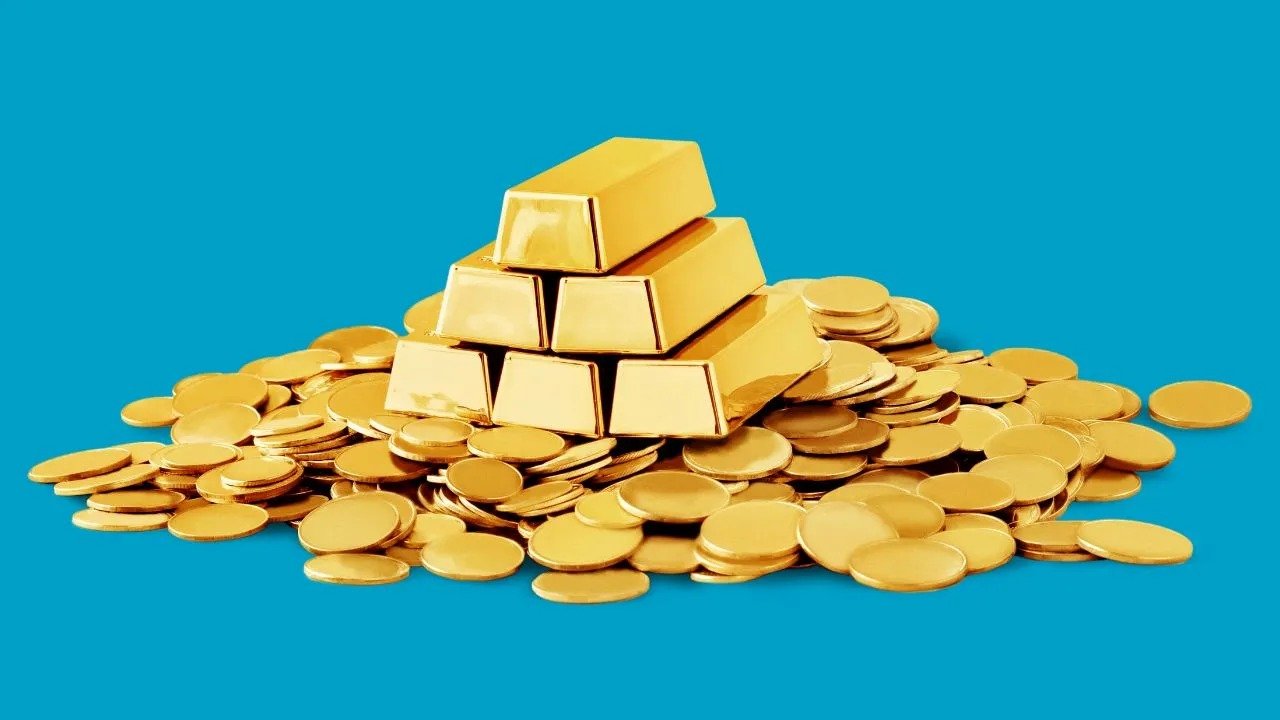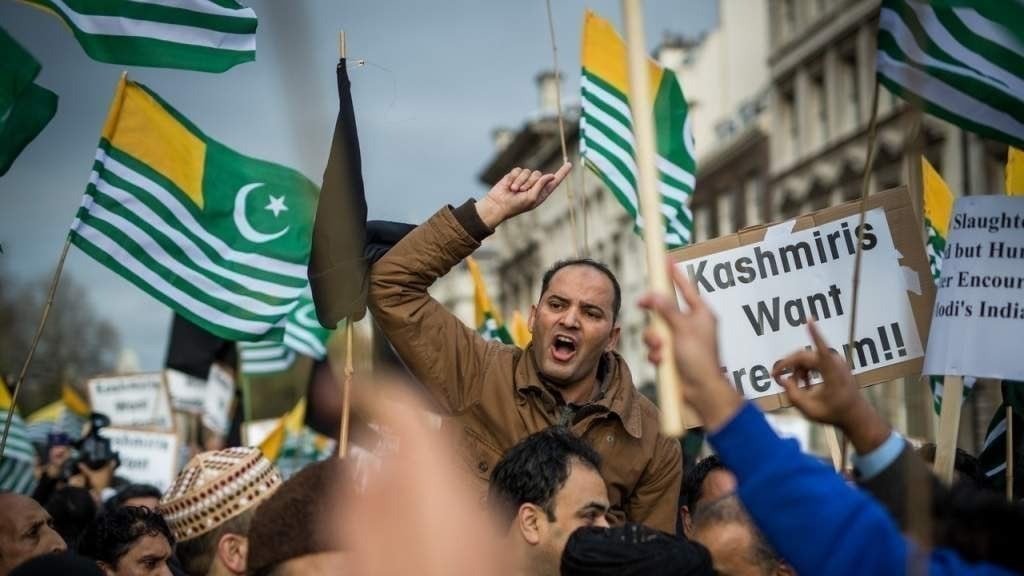In a welcome move, the petrol price in Pakistan has significantly dropped by Rs7.54, setting the new rate at Rs264.61 per litre. This change stems from a fortnightly fuel price adjustment Pakistan process that reflects international oil market trends and the OGRA petrol notification. The petrol rate Pakistan cut, approved by the Finance Division petrol rates team, provides timely relief to commuters and families.
The shift occurs alongside a modest diesel hike and continues Pakistan’s practice of adjusting prices every 15 days. This coordinated update underscores transparency in fuel pricing and highlights how global shifts directly influence the petrol price in Pakistan. For more latest news checkout, Pakistan coverage.
Petrol Cut
Pakistan’s petrol price in Pakistan has seen a welcome fall. The government announced petrol slashed by Rs7.54, reducing the cost to petrol at Rs264.61 per litre. This move reflects the petrol rate Pakistan strategy to ease burden on everyday commuters. The cut follows fuel price adjustment Pakistan amid calming global prices. The OGRA petrol notification played a central role, backed by the Finance Division petrol rates revision and aligning with regular fortnightly fuel review protocols. Consumers driving bikes and cars will notice the relief directly at pumps.
A deeper look shows the drop from Rs272.15 to Rs264.61 per litre is significant. Amid falling oil benchmarks and easing premiums, this rate lands after four straight hikes. The cut ensures the petrol price in Pakistan reflects international oil market trends with agility. It also shows how dynamic the fuel price adjustment Pakistan system has become, matching global shifts and domestic pressures.
Diesel Rise
In contrast, diesel price rise Pakistan marks a slight uptick. The government has implemented a diesel hiked by Rs1.48, pushing HSD at Rs285.83 per litre. This HSD price Pakistan reflects continuing costs in heavy transport and agriculture sectors. The petrol price in Pakistan reduction comes hand‑in‑hand with this modest diesel hike, balancing fiscal needs with social impact. The shift in diesel pricing reveals how complex fuel price adjustment Pakistan decisions can be.
Transport operators and farmers using HSD may feel squeezed. Freight costs and farm machinery fuel bills rise, affecting food logistics and transport dynamics. Meanwhile the drop in petrol gives ordinary vehicle owners some breathing room. This dual adjustment shows how the petrol price in Pakistan and diesel rates interact in the wider pricing ecosystem. To get all the latest news, click here.
Effective Date
These revised numbers take effect effective from August 1 2025, staying valid until ~August 15, 2025. Under the fortnightly fuel review mechanism, prices shift every 15 days based on global signals. The petrol price in Pakistan cut and diesel rise are both effective from August 1 2025, fitting the regular cycle.
Consumers should mark their calendars: the pricing window ends mid‑August. This scheduled fuel price adjustment Pakistan timing ensures clarity and repeatability. It also shows how finely tuned the policy is to open market movements. Users can expect the next review around August 16, guiding prices forward once again.
Why Changed

This update reflects international oil market trends like softer crude, and a big drop in import premiums. Petrol import cost per barrel shrank from $9.70 to $6.75, easing the burden. Combined with the fall in global crude, it triggered the petrol slashed by Rs7.54 decision. The Why Changed rationale shows how responsive petrol price in Pakistan can be to global commodity swings.
Additionally, the recommendations by OGRA and ministries shaped the rates. The OGRA petrol notification laid out a model accepted by the Finance Division petrol rates team. This coordination led to both petrol and HSD at Rs285.83 per litre adjustments. It demonstrates how regulatory advice and fiscal policy intertwine effectively.
Tax Components
Despite zero GST, consumers still pay heavy petrol and diesel levies. The petroleum levy + CSL: ~Rs 78/L is embedded in the final price. There’s also customs duty on fuel: ~Rs 20–21/L, regardless of origin. On top of that, dealer margins on petrol add roughly Rs 17/L. These tax components form a major chunk of the petrol price in Pakistan.
Even when prices move, these charges remain stable, shaping the baseline cost. The split between levy, duty, support charges, and margins ensures a high-floor price no matter the market. Consumers may see price drops, but these levies cushion the change and maintain revenue streams for the government. Explore top world stories and global updates, click here.
Inflation Impact
The petrol cut brings relief to households relying on bikes or small vehicles for daily travel. It reduces out-of-pocket transport spending significantly, helping with the cost of living. This impact on transport inflation is tangible. When petrol price in Pakistan drops, commuting gets cheaper, and that helps middle‑ and low‑income families directly.
However, the diesel hike may push logistics costs upward. Trucks, buses, trains, and agricultural machinery now face higher fuel bills, affecting freight rates. That feeds into impact on transport inflation, raising costs for food, goods, and farm produce. This mix of petrol relief and diesel pressure complicates the inflation picture in local markets.
LPG Update
Besides petrol and diesel shifts, OGRA also lowered LPG rates. They announced a price cut of Rs17.73/kg, setting the unit price around Rs215.37/kg. For an 11.8 kg cylinder, the consumer price now stands at Rs2,541.36, effective from August 1. This LPG update extends the relief approach to households that rely on cooking fuel heavily.
This marks the third straight month of LPG relief, reinforcing the government’s broader fuel policy. Domestic consumers enjoy lower bills now, even as diesel price rise Pakistan affects transport. The LPG shift reminds readers that petrol price in Pakistan adjustments are only part of a wider energy pricing landscape.
Fuel Prices (Aug 1–15, 2025)
| Fuel Type | Old Price (Rs/L) | Change | New Price (Rs/L) |
| Petrol (MS) | ~272.15 | –Rs 7.54 | 264.61 |
| High-Speed Diesel (HSD) | ~284.35 | +Rs 1.48 | 285.83 |
| LPG (11.8 kg cylinder) | – | –Rs 209.24 (~17.73/kg) | 2,541.36 |
Frequently Asked Questions (FAQs)
What is Pakistan’s petrol price today?
Pakistan’s current petrol price is Rs 264.61 per litre as announced for the period starting August 1, 2025.
Why is petrol suddenly cheaper?
Petrol got cheaper because global crude softened and import premium fell, prompting a fuel price adjustment Pakistan by the Finance Division and OGRA petrol notification.
How much is 1 liter of petrol?
One litre of petrol now costs Rs 264.61, down from the previous rate of Rs 272.15.
What is the price of petrol in Pakistan 2025?
In 2025 from August 1, the petrol price in Pakistan is Rs 264.61 per litre following a Rs 7.54 reduction.
Why is petrol costly in Pakistan?
Petrol remains costly due to high petroleum and diesel levies, customs duty on fuel, and dealer margins on petrol despite zero GST.








